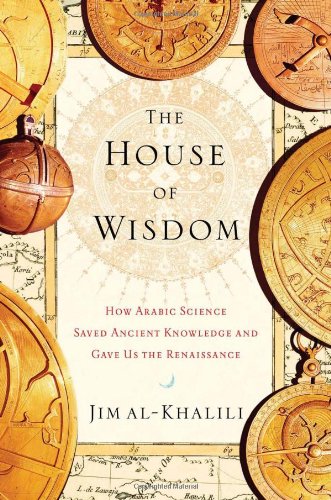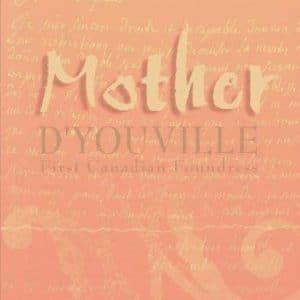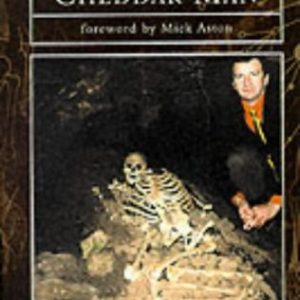Description
pp. 302, “A myth-shattering view of the medieval Islamic world’s myriad scientific innovations, which preceded-and enabled-the European Renaissance.
The Arabic legacy of science and philosophy has long been hidden from the West. British-Iraqi physicist Jim Al-Khalili unveils that legacy to fascinating effect by returning to its roots in the hubs of Arab innovation that would advance science and jump-start the European Renaissance. Inspired by the Koranic injunction to study closely all of God’s works, rulers throughout the Islamic world funded armies of scholars who gathered and translated Persian, Sanskrit, and Greek texts. From the ninth through the fourteenth centuries, these scholars built upon those foundations a scientific revolution that bridged the one-thousand-year gap between the ancient Greeks and the European Renaissance.
Many of the innovations that we think of as hallmarks of Western science were actually the result of Arab ingenuity: Astronomers laid the foundations for the heliocentric model of the solar system long before Copernicus; physicians accurately described blood circulation and the inner workings of the eye ages before Europeans solved those mysteries; physicists made discoveries that laid the foundation for Newton’s theories of optics. But the most significant legacy of Middle Eastern science was its evidence-based approach-the lack of which kept Europeans in the dark throughout the Dark Ages. The father of this experimental approach to science-what we call the scientific method-was an Iraqi physicist who applied it centuries before Europeans first dabbled in it. Al-Khalili details not only how discoveries like these were made, but also how they changed European minds and how they were ultimately obscured by later Western versions of the same principles.
With transporting detail, Al-Khalili places the reader in the intellectual and cultural hothouses of the Arab Enlightenment: the House of Wisdom in Baghdad, one of the world’s greatest academies, the holy city of Isfahan, the melting pots of Damascus and Cairo, and the embattled Islamic outposts of Spain.
Al-Khalili tackles two tantalizing questions: Why did the Arab world enter its own Dark Age after such a dazzling enlightenment? And how much did Arabic learning contribute to making the Western world as we know it? Given his singular combination of expertise in both the Western and Middle Eastern scientific traditions, Al-Khalili is uniquely qualified to solve those riddles.”






